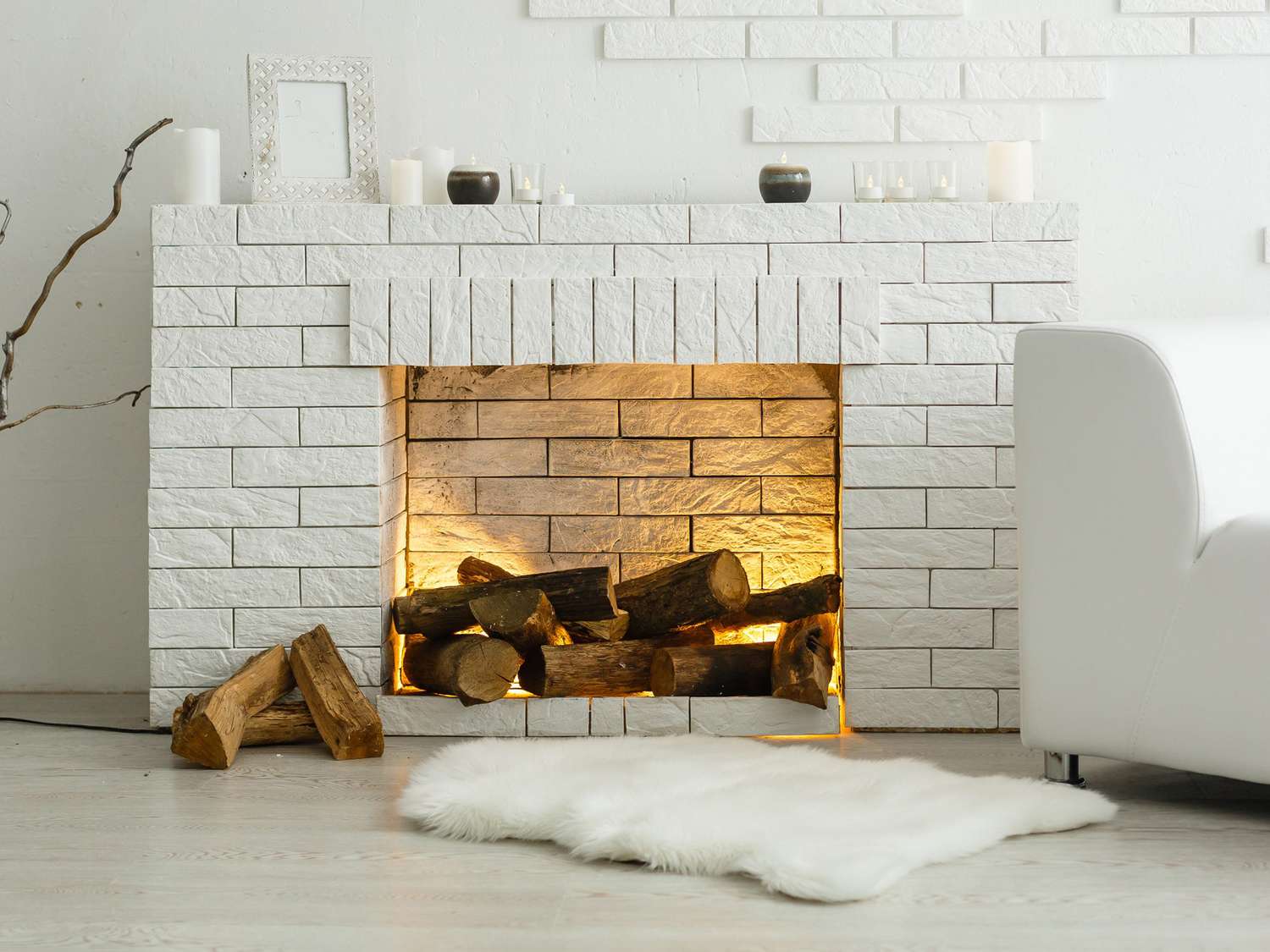

Articles
How To Clean A Brick Fireplace
Modified: February 24, 2024
Discover the best cleaning articles to effectively clean your brick fireplace. Learn the right techniques and products to maintain a pristine and inviting fireplace at home.
(Many of the links in this article redirect to a specific reviewed product. Your purchase of these products through affiliate links helps to generate commission for Storables.com, at no extra cost. Learn more)
Introduction
Having a brick fireplace in your home brings warmth, charm, and a cozy ambiance. However, over time, the bricks can accumulate dirt, soot, and stains, which can detract from its beauty. Properly cleaning your brick fireplace not only improves its appearance but also helps to maintain its structural integrity. In this article, we will discuss the importance of cleaning a brick fireplace, the tools and materials required, a step-by-step guide on how to clean it, safety precautions to consider, tips for removing stubborn stains and soot, and advice on maintaining a clean brick fireplace.
A brick fireplace adds character and charm to any living space, but neglecting its maintenance can lead to a buildup of dirt, soot, and other debris. This not only diminishes its aesthetic appeal but also poses potential risks. Over time, the accumulation of soot and dirt can affect the brick’s ability to retain heat efficiently, leading to decreased fireplace efficiency and potentially higher energy costs.
Regularly cleaning your brick fireplace not only restores its beauty but also ensures its longevity. By removing built-up dirt and grime, you are preventing the bricks from deteriorating. Cleaning also allows for the early detection of any damage or potential issues that may exist in the chimney or surrounding masonry.
To effectively clean a brick fireplace, you will need a few essential tools and materials. These typically include a stiff-bristle brush, a wire brush, a vacuum cleaner with a brush attachment, warm water, mild detergent or brick cleaner, a sponge or cloth, and a bucket. It is important to use non-abrasive materials and cleaning solutions specifically designed for brick surfaces to prevent any damage during the cleaning process.
Now, let’s dive into a step-by-step guide on how to clean your brick fireplace. By following these instructions, you can restore your fireplace to its former glory and ensure its continued functionality and beauty for years to come. It is essential to note that safety should be a top priority throughout the cleaning process, so we will also discuss important precautions to take to minimize any risks.
Key Takeaways:
- Regularly cleaning your brick fireplace not only restores its beauty but also ensures its longevity. By removing built-up dirt and grime, you are preventing the bricks from deteriorating.
- Properly cleaning a brick fireplace is essential for its maintenance, safety, and longevity. By investing time and effort in regular cleaning, you can enjoy a beautiful, efficient, and safe fireplace for years to come.
Read more: How To Clean Brick In A Fireplace
Importance of Properly Cleaning a Brick Fireplace
Properly cleaning a brick fireplace is not just about maintaining its aesthetic appeal; it is also crucial for the fireplace’s overall longevity and functionality. Here are some important reasons why regular cleaning is necessary:
Preserving Structural Integrity: Over time, dirt, soot, and debris can accumulate on the bricks and mortar of a fireplace. This buildup can cause the bricks to deteriorate, leading to potential structural issues. Regular cleaning helps remove these contaminants, preventing damage and ensuring the fireplace remains sturdy and safe.
Improved Efficiency: A clean brick fireplace functions more efficiently. The buildup of soot and dirt on the bricks can hamper the fireplace’s ability to radiate heat properly. By cleaning off these deposits, heat can be transferred more effectively into the room, maximizing the fireplace’s efficiency and reducing energy costs.
Preventing Fire Hazards: Soot is highly flammable, and its accumulation in the chimney can pose a significant fire hazard. Regular cleaning removes soot, reducing the risk of chimney fires. Additionally, cleaning the fireplace helps eliminate debris that can obstruct the chimney, ensuring proper ventilation and reducing the risk of smoke or carbon monoxide buildup in the home.
Enhancing Aesthetic Appeal: A clean brick fireplace adds beauty and charm to any space. Removal of soot, stains, and dirt restores the natural beauty of the bricks, making the fireplace a focal point of the room. A visually appealing fireplace can also increase the value of your home, should you decide to sell in the future.
Preventing Health Issues: A dirty brick fireplace can impact indoor air quality. Soot and debris can release harmful particles into the air, causing respiratory problems and allergies. Regular cleaning helps eliminate these pollutants, ensuring a healthier indoor environment for you and your family.
Early Detection of Issues: Cleaning your brick fireplace allows for close inspection of the bricks and mortar. By regularly examining the fireplace, you may be able to detect any signs of damage, such as cracks or loose bricks, early on. Addressing these issues promptly can prevent further damage and the need for costly repairs in the future.
Overall, properly cleaning a brick fireplace is essential for its maintenance, safety, and longevity. By investing time and effort in regular cleaning, you can enjoy a beautiful, efficient, and safe fireplace for years to come.
Cleaning Tools and Materials Required
To effectively clean a brick fireplace, you will need a few essential tools and materials. Here’s a list of what you’ll need:
- Stiff-Bristle Brush: A stiff-bristle brush is essential for scrubbing the surface of the bricks. It helps to remove loose dirt, soot, and other debris.
- Wire Brush: A wire brush is useful for tackling stubborn stains and removing any loose or flaky mortar between the bricks.
- Vacuum Cleaner with Brush Attachment: A vacuum cleaner equipped with a brush attachment helps to remove loose dirt and debris, ensuring a thorough cleaning.
- Warm Water: Warm water is the primary cleaning agent for most brick fireplaces. It helps to loosen dirt and grime, making it easier to remove.
- Mild Detergent or Brick Cleaner: For tougher stains or heavier soot buildup, you may need a mild detergent or a brick cleaner specifically designed for cleaning brick surfaces. Be sure to read the instructions and follow the recommended dilution ratios.
- Sponge or Cloth: You’ll need a sponge or cloth to apply the cleaning solution to the bricks and to wipe away the dirt and residue.
- Bucket: A bucket is handy for mixing the cleaning solution and holding water for rinsing the sponge or cloth.
It’s important to note that when choosing cleaning materials, it’s best to opt for non-abrasive products specifically formulated for cleaning brick surfaces. Avoid using harsh chemicals or abrasive scrub brushes, as they can damage the bricks or mortar.
In addition to these tools and materials, it’s a good idea to have protective gear on hand to ensure your safety. This includes rubber gloves to protect your hands, safety goggles to shield your eyes from debris, and a dust mask to prevent inhalation of soot or dust.
By gathering these essential tools and materials before you begin the cleaning process, you’ll be equipped to tackle the dirt, soot, and stains effectively, restoring the beauty of your brick fireplace.
Step-by-Step Guide to Cleaning a Brick Fireplace
Cleaning a brick fireplace may seem like a daunting task, but with the right approach and tools, it can be a straightforward process. Follow this step-by-step guide to effectively clean your brick fireplace:
- Prepare the Area: Start by preparing the area around the fireplace. Lay down a drop cloth or old sheets to protect the floor and nearby furniture from any dirt or cleaning solutions that may drip or splatter.
- Remove Loose Debris: Use a vacuum cleaner with a brush attachment to remove loose dirt, soot, and debris from the bricks and the fireplace floor. This will help prevent spreading dirt around while cleaning and provide a cleaner surface to work on.
- Mix Cleaning Solution: In a bucket, mix warm water with a mild detergent or brick cleaner according to the manufacturer’s instructions. Ensure the solution is well mixed before proceeding.
- Test the Cleaning Solution: Before applying the cleaning solution to the entire fireplace, test it on a small, inconspicuous area to ensure it does not cause any discoloration or damage to the bricks. Wait a few minutes and observe the results before proceeding.
- Apply the Cleaning Solution: Using a sponge or cloth, apply the cleaning solution to the bricks, starting from the top and working your way down. Make sure to saturate the bricks, focusing on any areas with visible stains or soot buildup.
- Scrub the Bricks: Using a stiff-bristle brush, scrub the bricks in a circular motion to loosen dirt, soot, and stains. Pay extra attention to stubborn stains or areas with heavy buildup. For loose or flaky mortar, use a wire brush to remove it gently.
- Rinse the Bricks: Once you have scrubbed all the bricks, rinse them thoroughly with clean water. You can use a clean sponge or cloth dampened with water to remove the cleaning solution residue. Repeat this step until all traces of the solution are gone.
- Dry the Bricks: Allow the bricks to air dry completely before using the fireplace again. Open windows or use fans to speed up the drying process if necessary.
Remember to follow the instructions provided by the manufacturer for both the cleaning solution and your cleaning tools to ensure the best results and avoid causing any damage to the bricks or mortar. If you come across any stubborn stains or soot residue, proceed to the next section for tips on how to remove them.
By following these step-by-step instructions, you can effectively clean your brick fireplace and bring back its original beauty, creating a cozy and inviting atmosphere in your home.
Use a mixture of warm water and mild dish soap to clean a brick fireplace. Scrub gently with a brush, then rinse with clean water. Avoid using harsh chemicals that can damage the brick.
Safety Precautions
When cleaning a brick fireplace, it is important to prioritize safety to prevent accidents and injuries. Here are some safety precautions to consider:
- Protective Gear: Before starting the cleaning process, put on protective gear, including rubber gloves, safety goggles, and a dust mask. This will protect your hands, eyes, and respiratory system from any potential hazards such as soot, debris, or cleaning solutions.
- Ventilation: Ensure that there is proper ventilation in the area where you are cleaning. Open windows or doors and use fans to improve airflow and minimize the concentration of any fumes from cleaning solutions.
- Use Ladders Safely: If you need to access higher parts of the fireplace, use a stable ladder or step stool. Ensure that the ladder is secure and placed on a stable surface to prevent falls or accidents.
- Be Cautious with Cleaning Solutions: Follow the manufacturer’s instructions when handling and using cleaning solutions. Avoid mixing different cleaning agents, as this can create harmful or toxic fumes. If using a new cleaning product, test it on a small area before applying it to the entire fireplace to ensure it does not cause any adverse reactions.
- Avoid Harsh Scrubbing: While scrubbing the bricks, be mindful not to use excessive force or aggressive scrubbing techniques. Harsh scrubbing can damage the bricks or mortar, leading to potential structural issues.
- Fireplace Precautions: Ensure that the fireplace is completely cool before starting the cleaning process. Cleaning a hot or recently used fireplace can cause burns or injuries. If necessary, wait a day or two after the last fire before cleaning.
- Handling Ashes: If you need to remove ashes from the fireplace, use a metal shovel or scoop and transfer them to a designated metal container. Never dispose of hot or warm ashes in a trash bin, as they can pose a fire hazard.
- Keep Children and Pets Away: While cleaning, keep children and pets away from the area to avoid accidents or exposure to cleaning solutions.
It is important to exercise caution and common sense throughout the cleaning process. If you are uncomfortable with any aspect of the cleaning or encounter significant difficulties, it is best to consult a professional chimney sweep or fireplace cleaning service for assistance.
By following these safety precautions, you can ensure a safe and smooth cleaning process for your brick fireplace.
Read more: What To Clean A Brick Fireplace With
Removing Stubborn Stains and Soot
While regular cleaning can effectively remove most dirt, soot, and stains from a brick fireplace, there may be instances where stubborn stains require additional attention. Here are some tips and methods for removing stubborn stains and soot:
1. Baking Soda Paste: Create a paste by mixing baking soda with water until it forms a thick consistency. Apply the paste to the stained areas and let it sit for about 15 minutes. Scrub the stains gently using a stiff-bristle brush, then rinse with clean water.
2. Vinegar and Water Solution: Mix equal parts of white vinegar and water in a spray bottle. Spray the solution onto the stained areas and let it sit for a few minutes. Scrub the stains with a stiff-bristle brush, then rinse with clean water.
3. Commercial Brick Cleaner: If the above methods are not effective, consider using a commercial brick cleaner specifically designed to remove stubborn stains from brick surfaces. Follow the product instructions carefully and ensure proper ventilation during use.
4. Chemical Soot Removers: If you have soot stains on the interior of the fireplace, there are chemical soot removers available on the market. These products are formulated to dissolve soot and make it easier to clean. Always follow the instructions provided by the manufacturer when using chemical cleaners.
5. Seek Professional Help: If the stains or soot buildup are exceptionally stubborn or if you are uncomfortable using cleaning solutions, it may be best to consult a professional chimney sweep or fireplace cleaning service. They have specialized tools and expertise to tackle even the toughest stains without causing damage to the bricks or surrounding areas.
Remember to always test any cleaning solution or method on a small, inconspicuous area before applying it to the entire stained area. This will help ensure that the cleaning agent does not cause any discoloration or damage to the bricks.
With patience and persistence, you can effectively remove stubborn stains and soot, restoring the beauty of your brick fireplace.
Tips for Maintaining a Clean Brick Fireplace
Keeping your brick fireplace clean and well-maintained not only enhances its appearance but also ensures its longevity. Here are some tips for maintaining a clean brick fireplace:
- Regular Cleaning: Make it a habit to regularly clean your brick fireplace, ideally at least once every few months. Regular cleaning helps prevent the buildup of dirt, soot, and stains, making it easier to maintain and reducing the need for intensive cleaning.
- Use a Fireplace Screen: When using your fireplace, consider using a fireplace screen or glass doors to minimize the escape of embers, ashes, and sparks. This helps reduce the amount of debris that can accumulate on the bricks, prolonging the time between cleanings.
- Keep the Hearth Clean: Regularly remove ashes and debris from the fireplace hearth to prevent them from spreading onto the bricks and causing stains.
- Trim Nearby Plants: If you have vegetation or shrubs near your fireplace, regularly trim them to prevent leaves, twigs, or pollen from accumulating on the bricks.
- Monitor Air Flow: Ensure proper airflow around your fireplace by keeping air vents and chimney openings clear of obstructions. This helps prevent the buildup of soot and smoke inside the fireplace.
- Inspect the Chimney: Regularly inspect your chimney for any signs of damage or blockages. This includes checking for loose or damaged bricks, cracks, or bird nests. Addressing any issues promptly will prevent further damage and ensure that the fireplace operates safely and efficiently.
- Avoid Harsh Cleaning Methods: When cleaning your brick fireplace, avoid using harsh chemicals, abrasive cleaners, or overly aggressive scrubbing techniques. These can damage the bricks and mortar, compromising their integrity.
- Monitor Moisture Levels: Excessive moisture can lead to water damage, staining, or mold growth on the bricks. Ensure that there are no water leaks or seepage near the fireplace, and consider using a dehumidifier in the room if necessary.
- Address Stains Promptly: If you notice any new stains or soot buildup, address them promptly before they become more challenging to remove. Follow the appropriate cleaning methods discussed earlier in this article.
- Professional Inspections: Schedule regular inspections with a professional chimney sweep or fireplace technician to ensure that your fireplace and chimney are in optimal working condition. They will be able to spot any underlying issues and provide the necessary maintenance or repairs.
By following these tips and incorporating them into your regular fireplace maintenance routine, you can enjoy a clean and well-maintained brick fireplace for years to come.
Conclusion
A well-maintained and clean brick fireplace can enhance the overall look and feel of any living space. With regular cleaning and proper maintenance, not only will you enjoy the beauty of the bricks, but you’ll also ensure the longevity and efficiency of your fireplace.
In this article, we discussed the importance of cleaning a brick fireplace, the tools and materials required, a step-by-step guide on how to clean it, safety precautions to consider, tips for removing stubborn stains and soot, and advice on maintaining a clean brick fireplace.
Regular cleaning helps to preserve the structural integrity of the bricks, improve the fireplace’s efficiency, prevent fire hazards, enhance the aesthetic appeal, and promote a healthier indoor environment. By investing time and effort into maintaining the cleanliness of your brick fireplace, you’re also taking proactive steps to detect any potential issues early, ensuring timely repairs and minimizing costs.
Remember to always prioritize safety when cleaning your fireplace by wearing protective gear and following safety precautions. Additionally, if you encounter stubborn stains or are uncertain about the cleaning process, don’t hesitate to seek professional help to avoid any damage to the bricks or surrounding areas.
By incorporating the tips for maintaining a clean brick fireplace into your regular maintenance routine, you can enjoy the cozy and inviting ambiance that a well-maintained fireplace brings to your home.
So, roll up your sleeves, gather your cleaning tools, and give your brick fireplace the attention it deserves. With a little effort, you’ll have a clean and beautiful centerpiece that will continue to bring warmth and charm to your living space for years to come.
Frequently Asked Questions about How To Clean A Brick Fireplace
Was this page helpful?
At Storables.com, we guarantee accurate and reliable information. Our content, validated by Expert Board Contributors, is crafted following stringent Editorial Policies. We're committed to providing you with well-researched, expert-backed insights for all your informational needs.
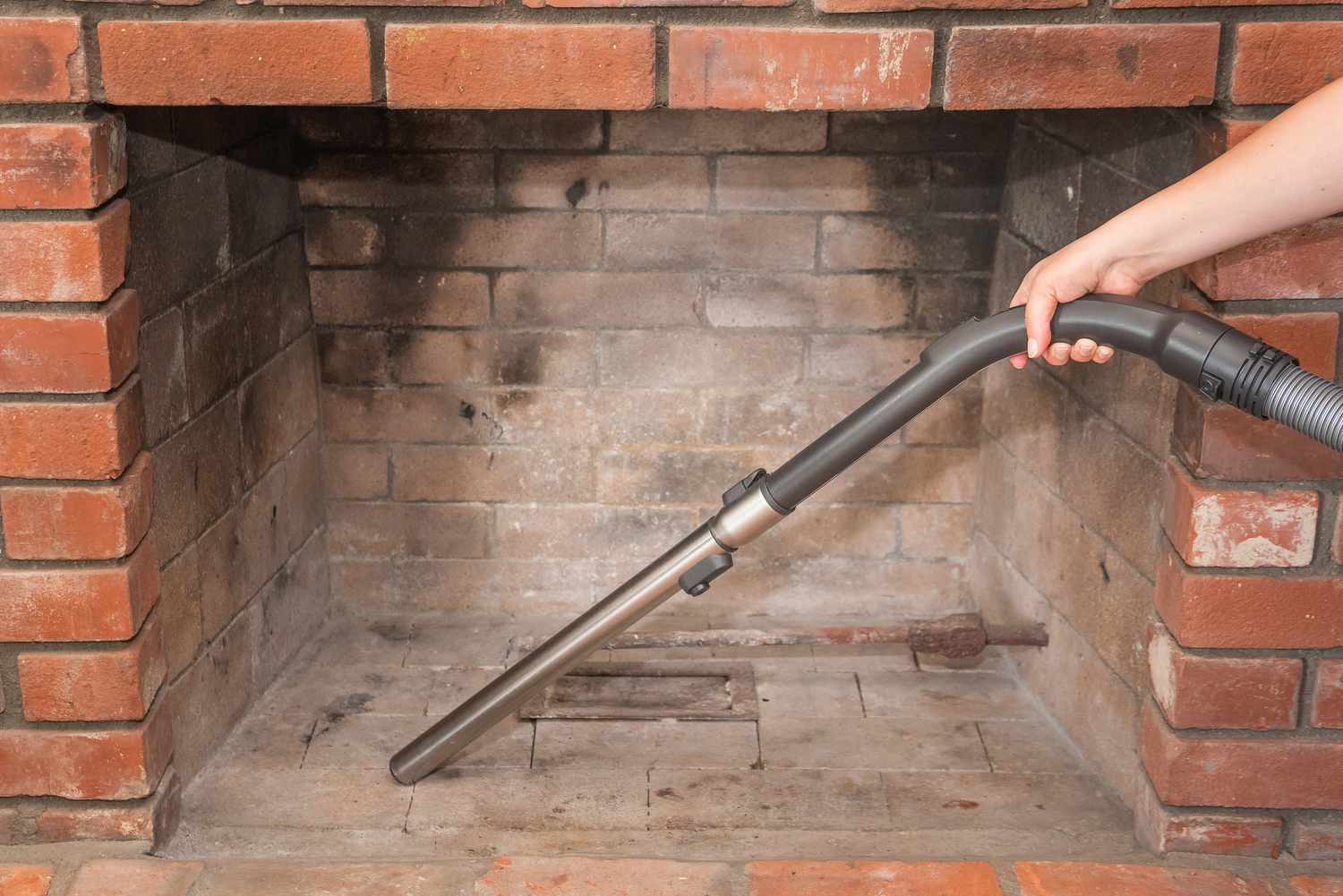
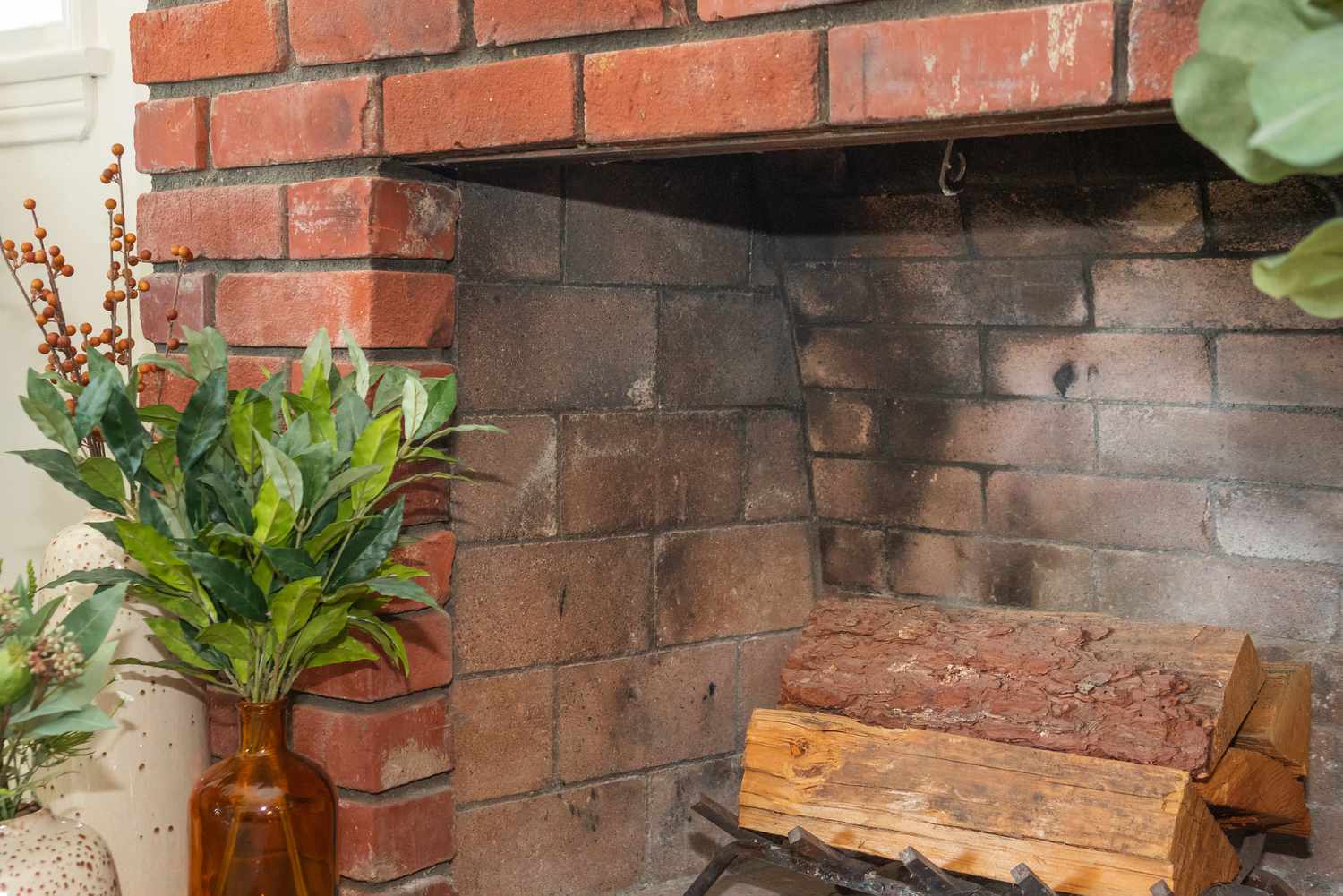
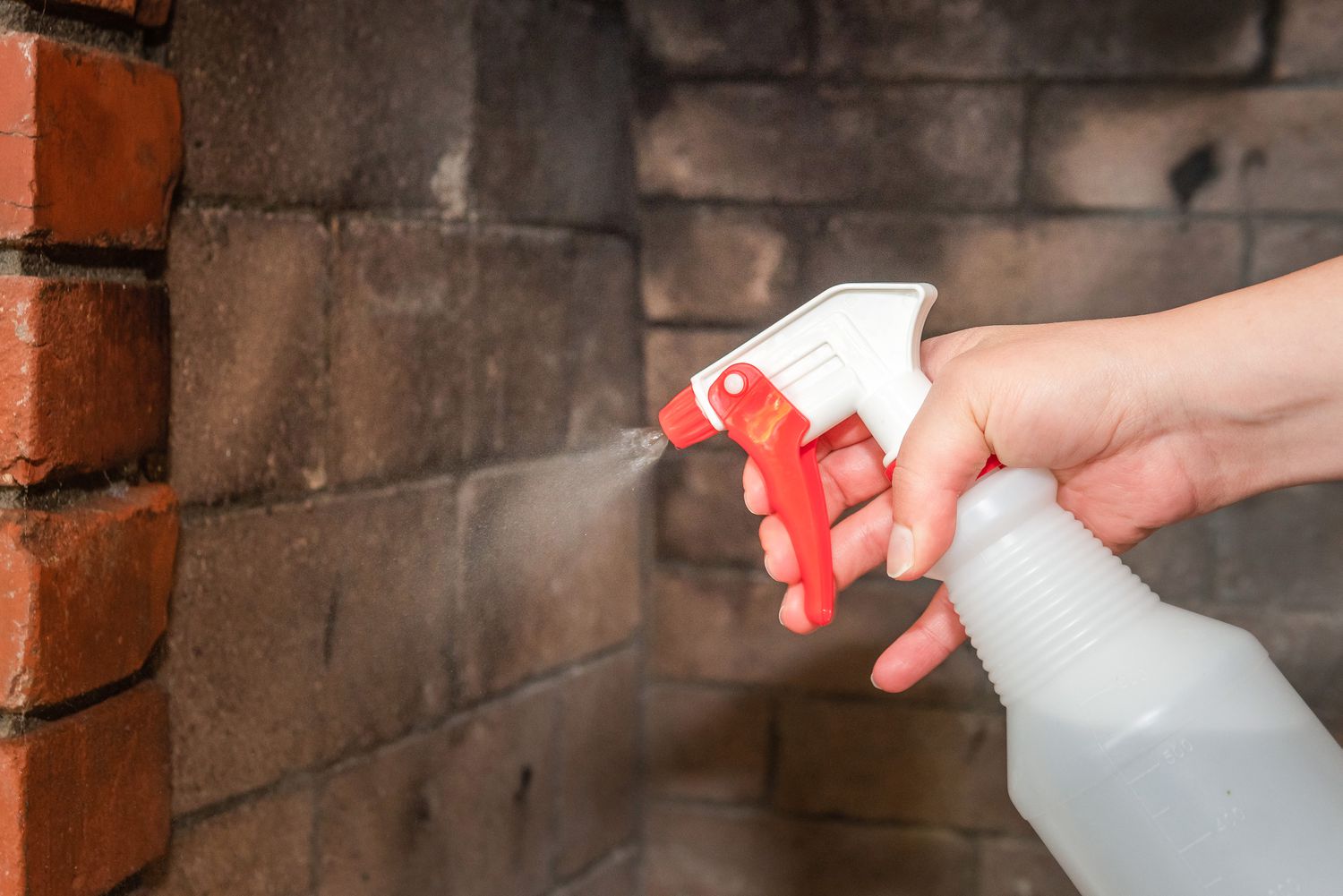
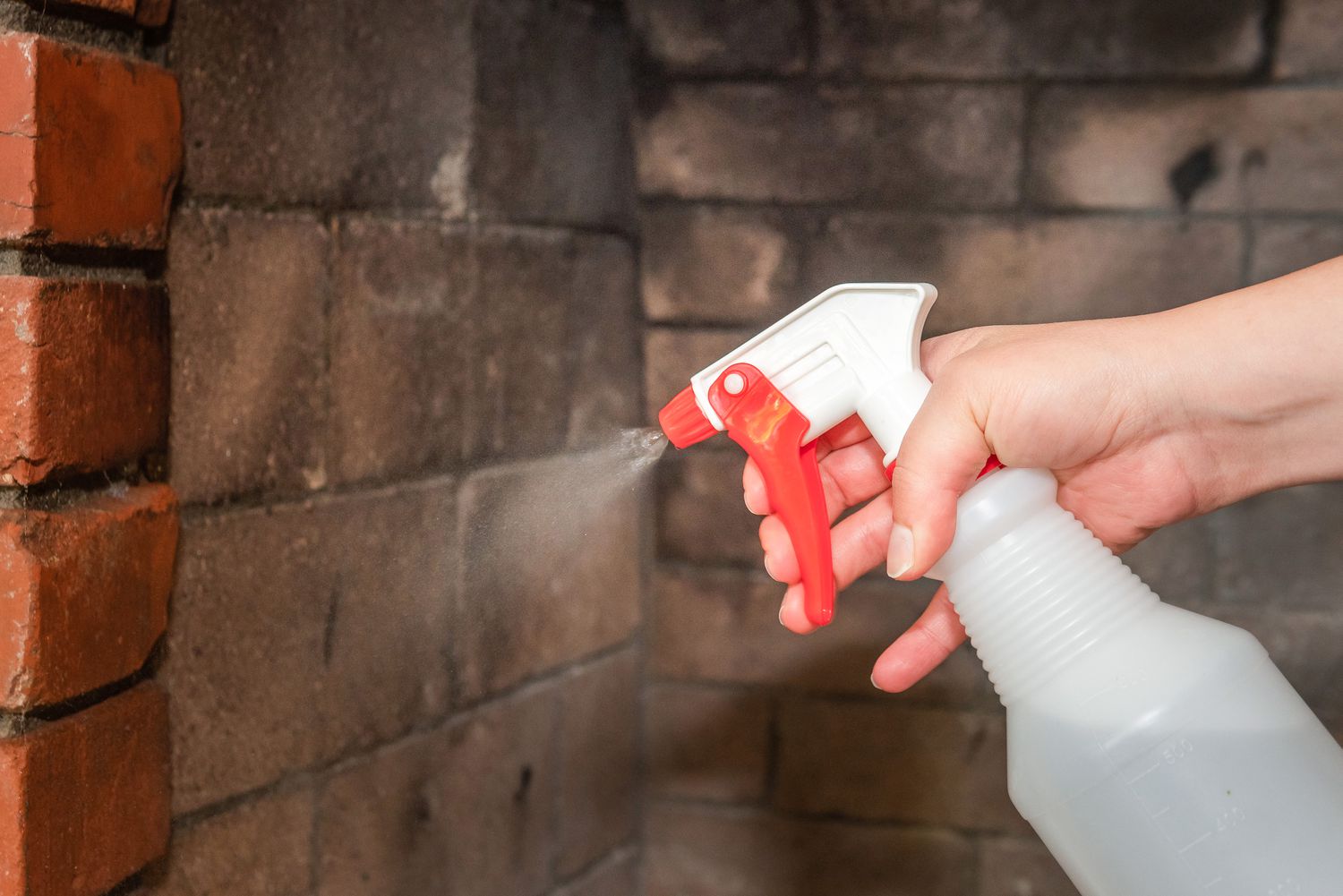
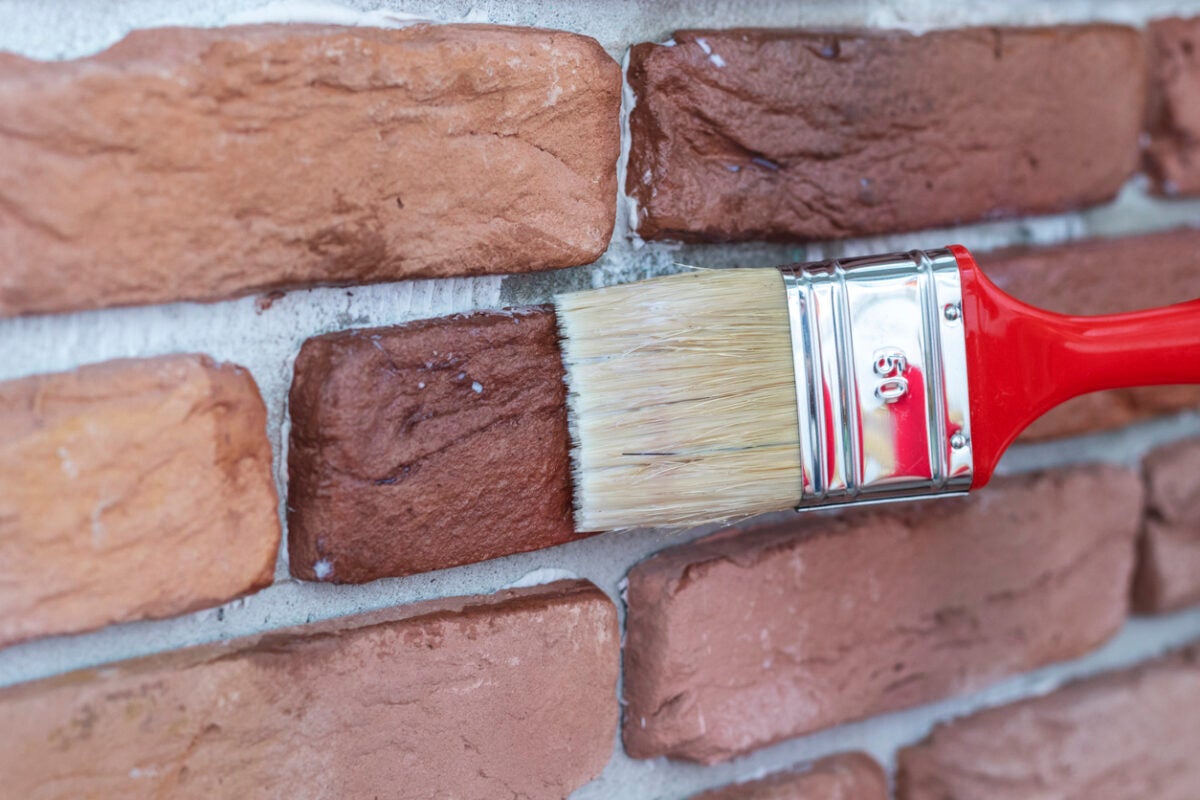
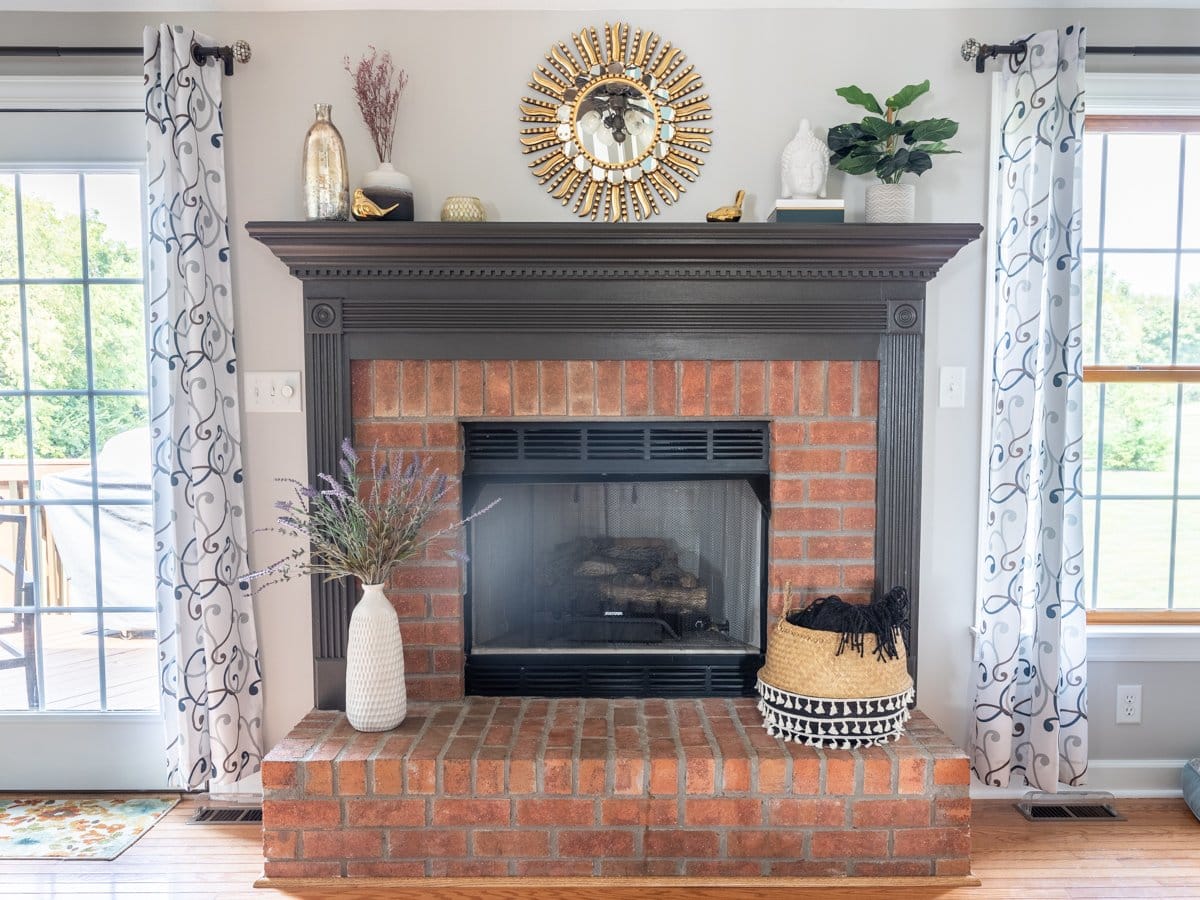

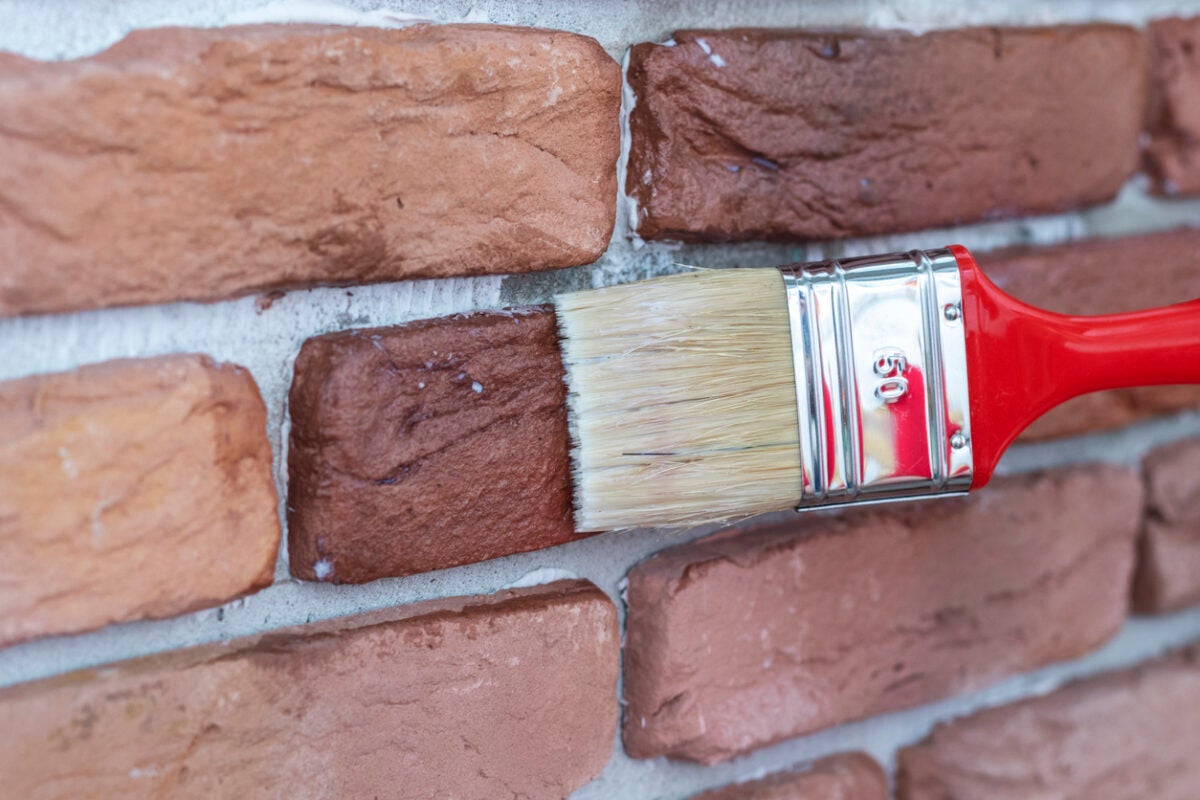
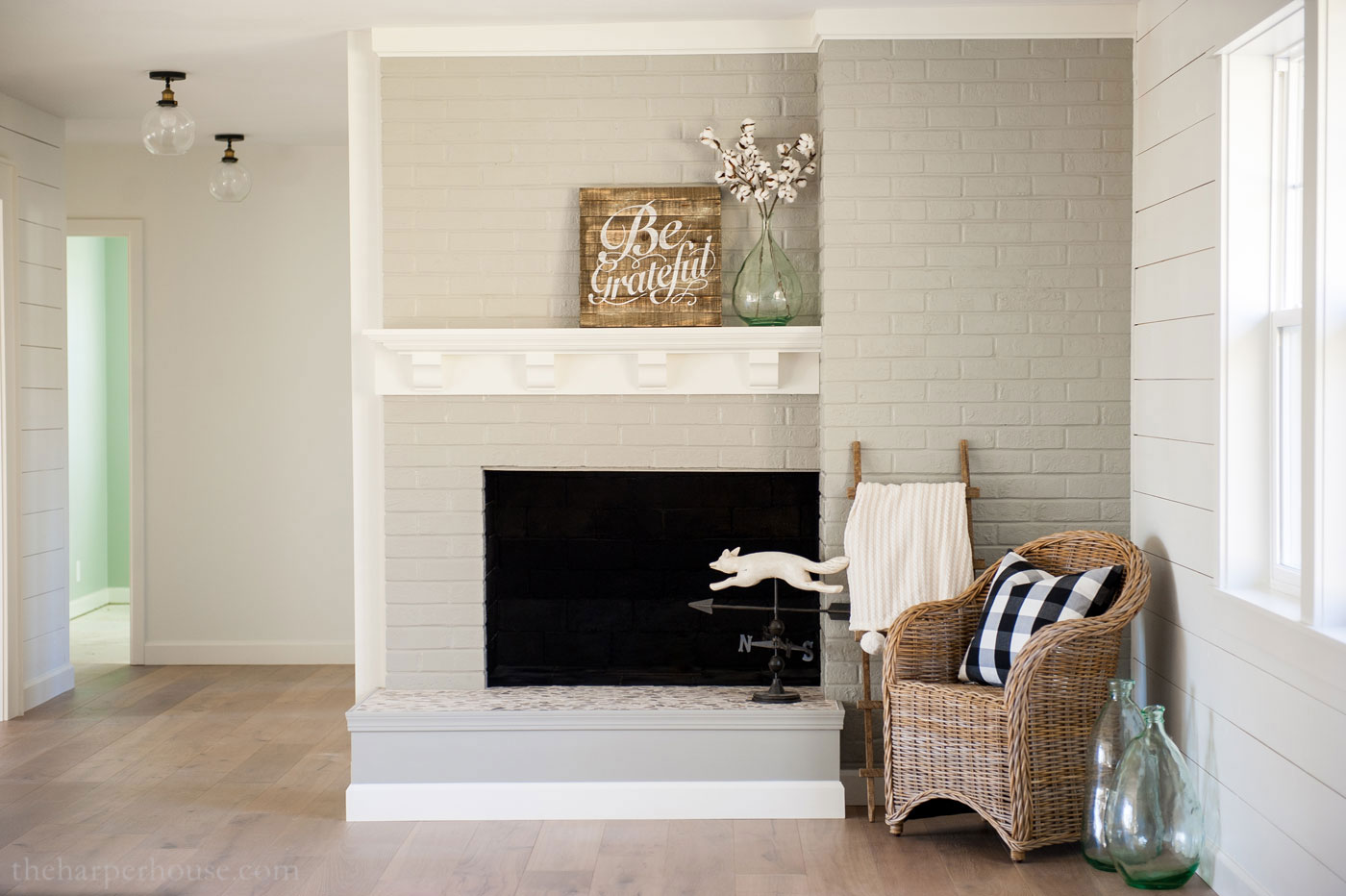

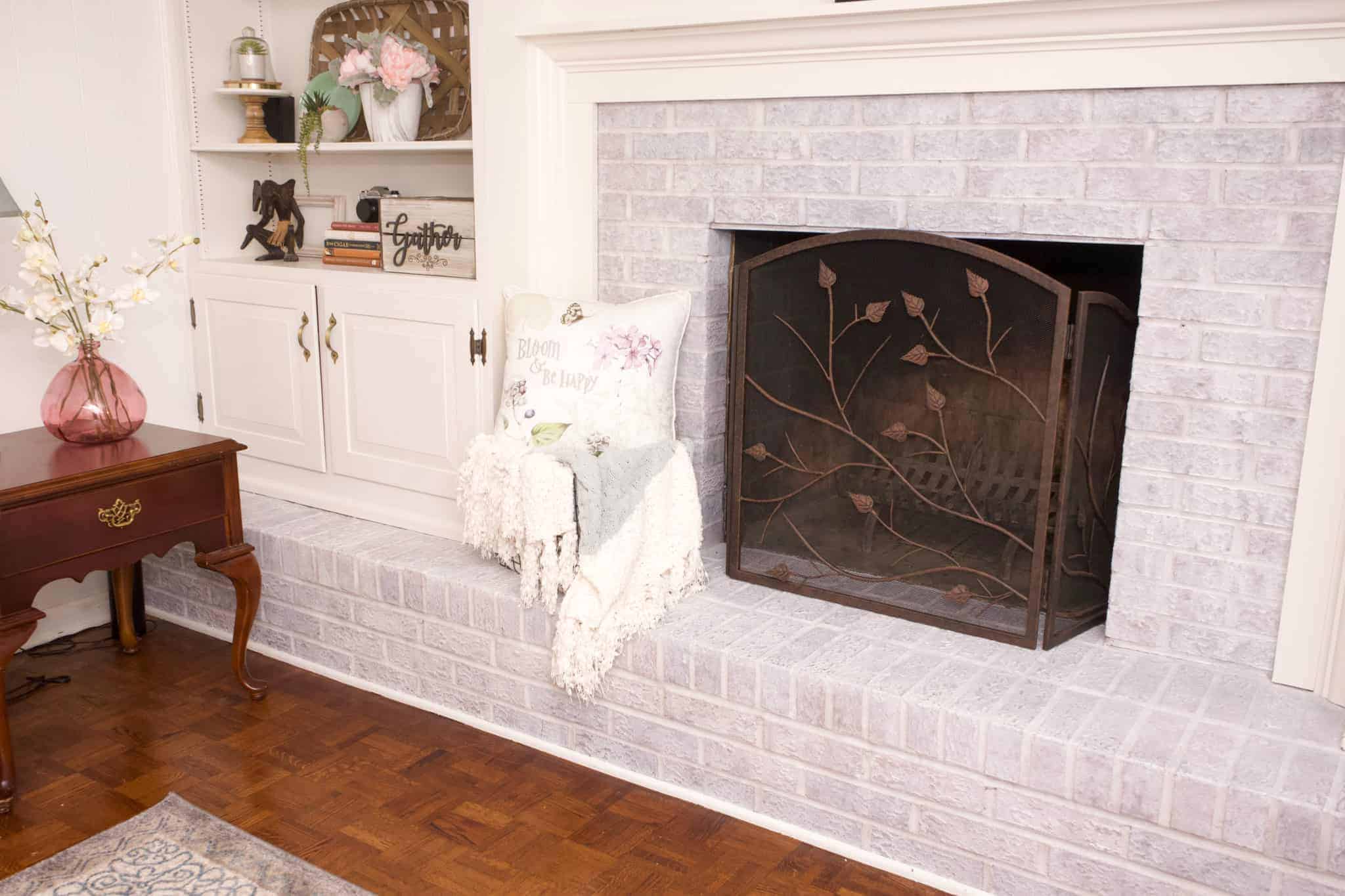
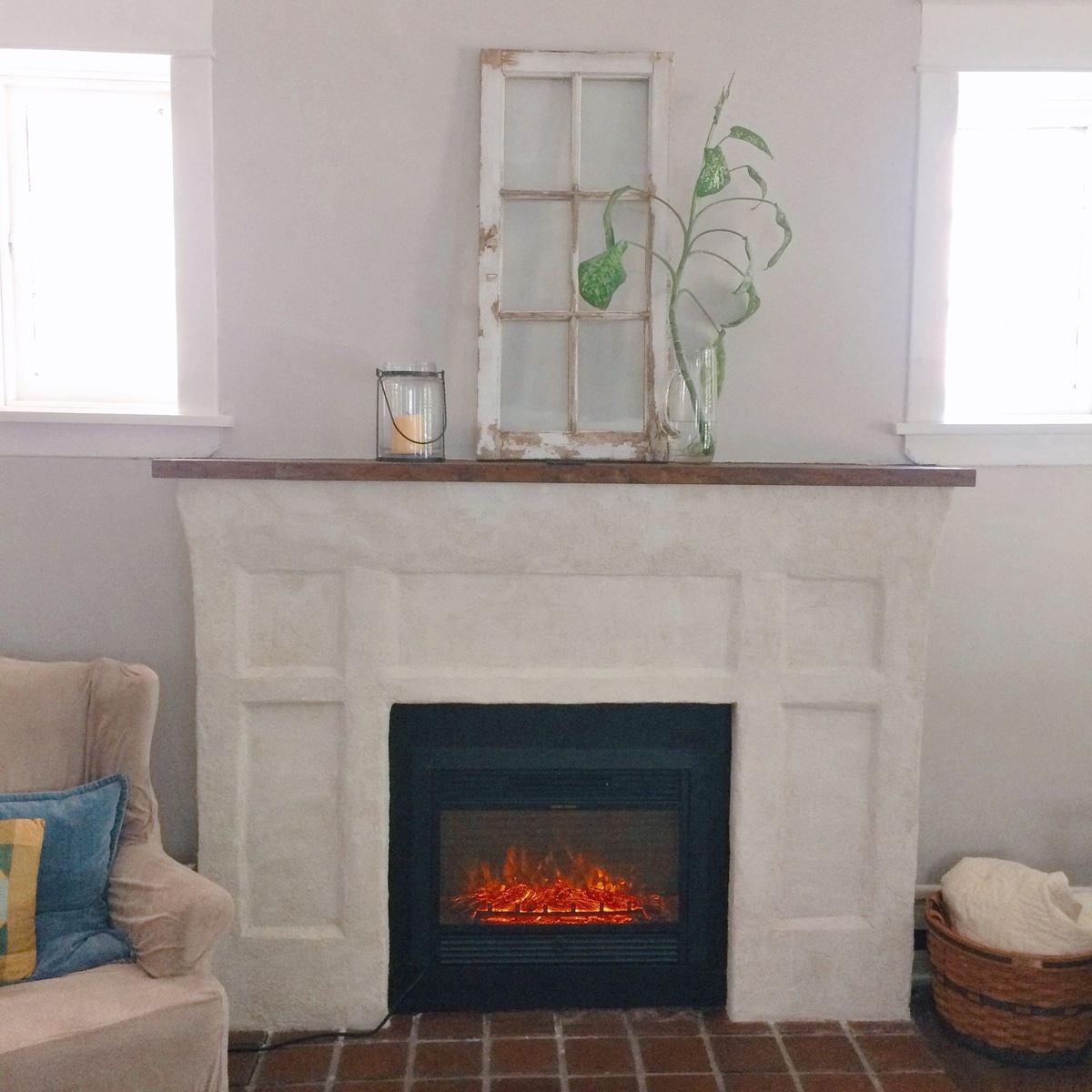
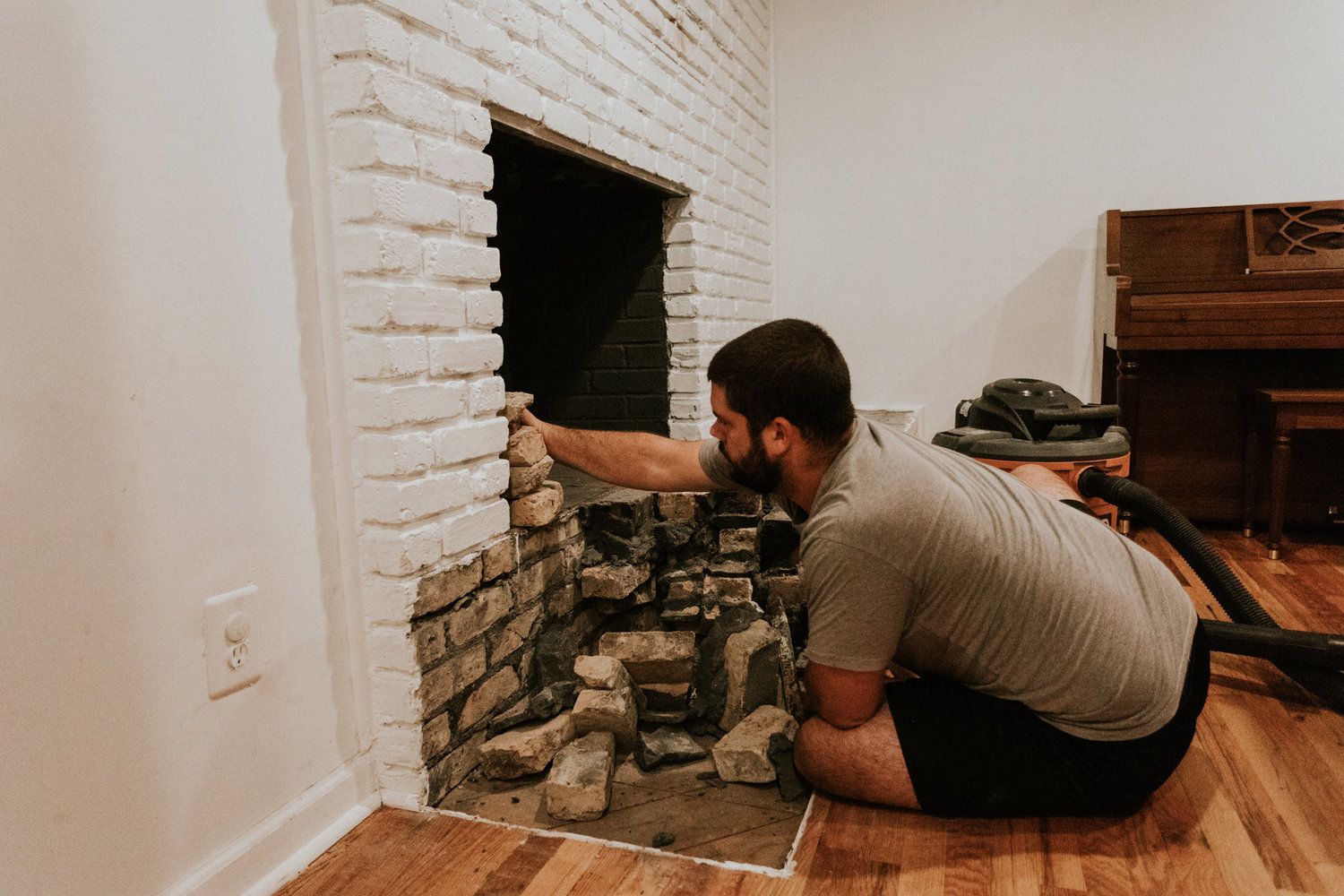
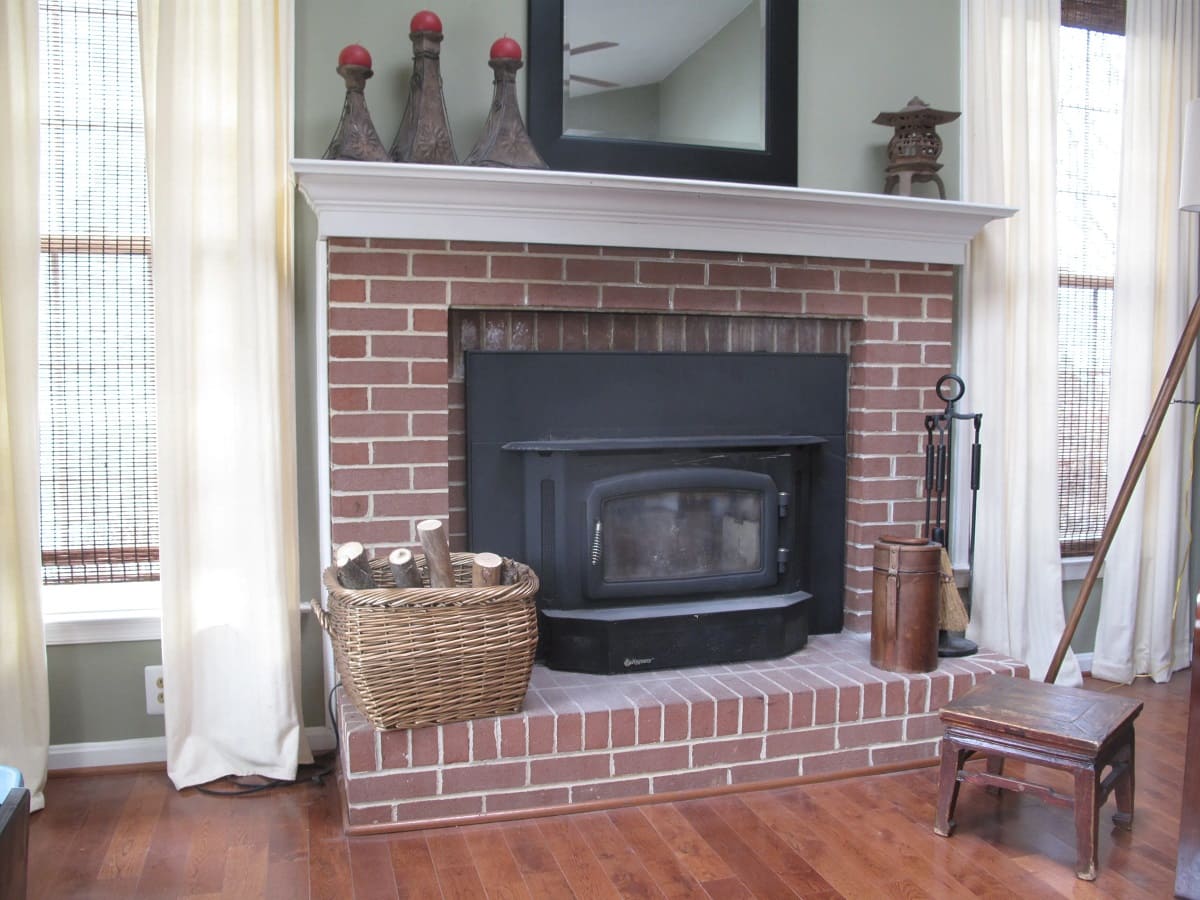

0 thoughts on “How To Clean A Brick Fireplace”